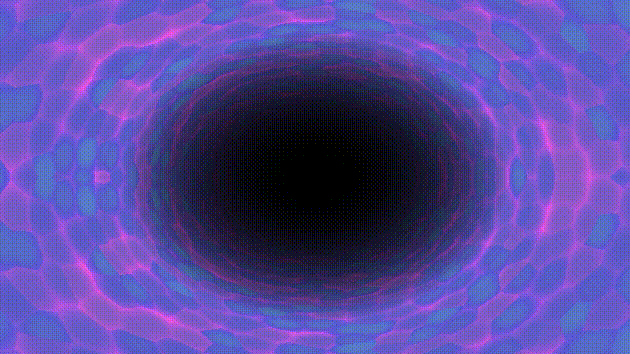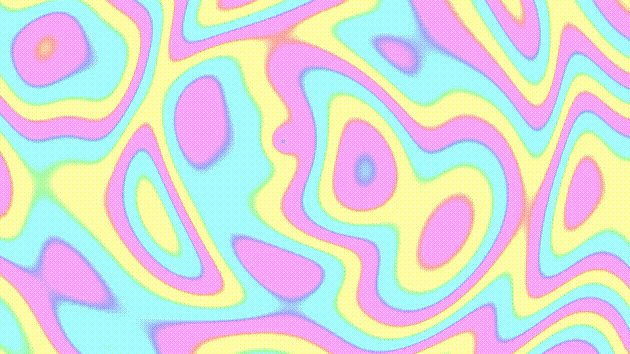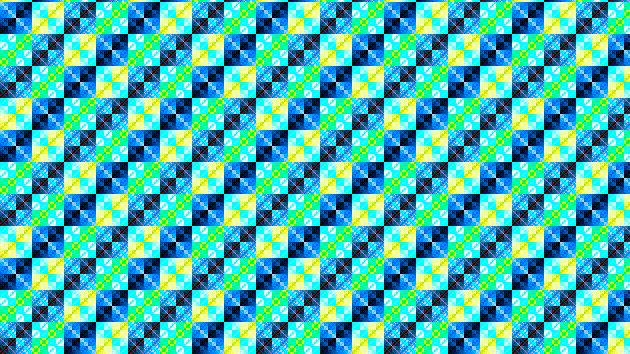I’ve spent the last two days writing psychedelic effects using pixel shaders in Shadertoy, and porting a few others that I’ve written in the past.




Projects I’ve started (and sometimes completed) for fun, in my free time.
I’ve spent the last two days writing psychedelic effects using pixel shaders in Shadertoy, and porting a few others that I’ve written in the past.




Since some days ago I’ve finished BootBoot, my x86 assembly helloworld, I am posting a quick update on it and I’ll continue the blog posts when I have more time. A demo of it is on youtube:
The code is on Github: https://github.com/hikiko/bootboot
and I plan to explain it in depth in future posts in this category.
It’s been some months I am only writing code for work (I am going to post soon about the cool things we are doing there) and have stopped the hobby projects. But this weekend (that was Easter for Greeks) there was a Ludum Dare jam with theme “Keep it alive”. Easter in quarantine was the perfect time for a break. 🙂
In a previous post, I wrote about Vkrunner, and how I used it to play with fragment shaders. While I was writing the shaders for it, I had to save them, generate a PPM image and display it to see the changes. This render to image/display repetition gave me the idea to write a minimal tool that automatically displays my changes every time I save the file with the shader code and use it when the complexity of the scene is increasing. And so, I’ve written sdrviewer, the minimal OpenGL viewer for pixel shaders of the video below:
This post is about a system we devised and set up at home for me to be able to reject all the annoying phone calls I receive during the day from my laptop, without having to go pick up the phone. If you are also working from home like I do you might find this hack useful. 😀
Demo:
Continue reading A system to reject phone calls from my laptop
Hair rendering and simulation can be challenging, especially in real-time. There are many sophisticated algorithms for it (based on particle systems, hair mesh simulation, mass-spring systems and more) that can give very good results. But in this post, I will try to explain a simple and somehow hacky approach I followed in my first attempt to simulate hair (the mohawk hair of the video below) using a mass-spring system.
The code can be found here: https://github.com/hikiko/mohawk
Continue reading Hair simulation with a mass-spring system (punk’s not dead!)
Today, I experimented with the linux kernel modules for the first time and I’ve written a simple module that prints a message (helloworld :P) every time that someone reads from the /dev/ktest (a custom character device) and counts how many times the device was opened for reading.
So far, I hadn’t try to morph 3D objects to other 3D objects and I thought it’s something tricky to do. Today, I realized how simple and easy it is when I wrote this small test:
If you carefully choose the 3D models to have the same number of polygons, and to meet a few topological requirements, then you only need to interpolate the values of the meshes’ vectors, normals (and materials, textures, whatever you need) and draw the intermediate mesh every time. As interpolation parameter you can choose the values of a positive function that varies from 0 to 1 and backwards (I used (sin(msecs/factor) + 1)/2) to have that continuously changing effect. And that’s all!
The test is here: https://bitbucket.org/eleni-hikiko/morphing and it includes an obj with a scene with 3 meshes that meet the morphing requirements (I only used the first two meshes here).